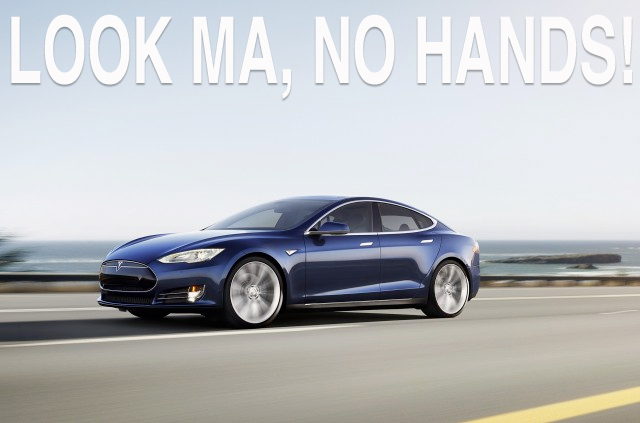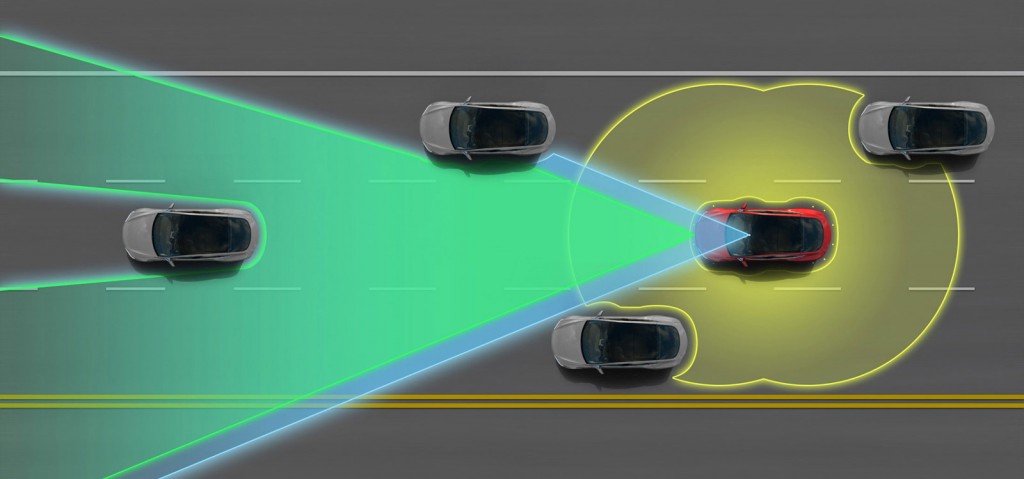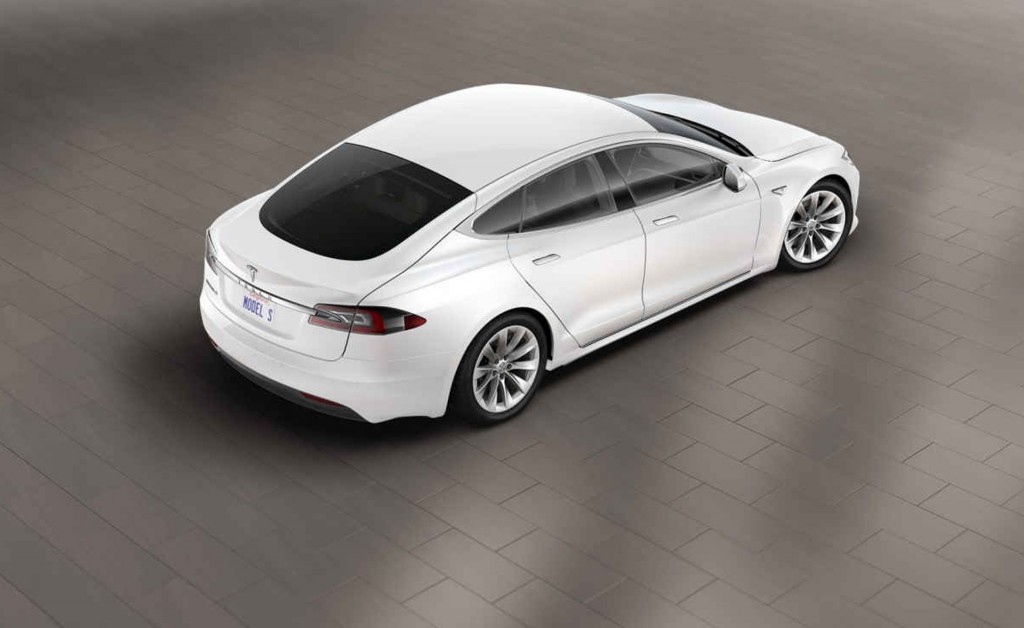A fatal May 7 crash now under investigation by the NHTSA has generated plenty of discussion about the capabilities and limitations of Tesla's Autopilot system.
Since launching the system last October, Tesla has maintained that Autopilot is still in the "beta" stage, and that it is not a substitute for an attentive driver.
In addition, while the "Autopilot" name implies full autonomy, the capabilities of the actual system are much more limited today.
DON'T MISS: NHTSA to investigate Tesla Model S Autopilot crash that killed driver: UPDATED
It's closer to the bundles of electronic driver aids already offered by other carmakers than a true autopilot.
That's made apparent by a rather thorough "Autopilot Do's and Don'ts" video from Drag Times.
Drag Times has plenty of experience with Tesla electric cars, having staged many drag races with both the Model S and Model X.

Tesla Model S Autopilot
The nearly 15-minute video gives a complete rundown of the Autopilot interface, along with real-world examples of the system's abilities and limitations.
The overall message seems to be that Autopilot works best on highways with clear lane markings, in traffic.
Compromise any of those three points, and the system's ability to perform appears to degrade.
ALSO SEE: Tesla says Autopilot not turned on in Model X crash NHTSA is investigating (update)
In fact, Drag Times recommends against using Autopilot on anything but a highway.
Single-lane roads may not have accurate lane markings, the video's narrator notes, and there are more variables, such as cars pulling out of driveways and pedestrians.
Autopilot also can't recognize traffic lights, and can become spooked by intersections because of the interruption in lane markings.

Tesla Model S Autopilot system
On the other hand, Autopilot works quite well on the highway, particularly in stop-and-go traffic, according to Drag Times.
Even on the highway, though, some limitations exist.
Because the system relies on lane markings, it may become confused by construction zones, or follow very close to walls and other objects sited close to those markings.
MORE: Tesla Autopilot: The 10 Most Important Things You Need To Know (Oct 2015)
Glare is an issue as well, because it can obscure lane markings.
Autopilot also won't react to an aggressive driver cutting into the lane in front of it—yet another reason for drivers to stay alert.
Many of the points made in this video echo those of Tesla CEO Elon Musk at the Autopilot launch last year.

2016 Tesla Model S
At the time, Musk said that "in order for it to work really well, you want clear markings on the road or you want to be in quite dense traffic."
He also noted that Autopilot does not work well in rain or snow, and recommended that drivers keep their hands on the wheel at all times.
Since the fatal May 7 crash, Musk has said that Tesla will redouble efforts to educate consumers on Autopilot's limitations, but will not disable the system.
He has also hinted that Tesla is working on recalibrating Autopilot to deal more adeptly with situations like the one that led to the fatal crash.
In that crash, a Model S running on Autopilot collided with the side of a tractor trailer that Tesla says had been obscured by "bright sky."
_______________________________________________











